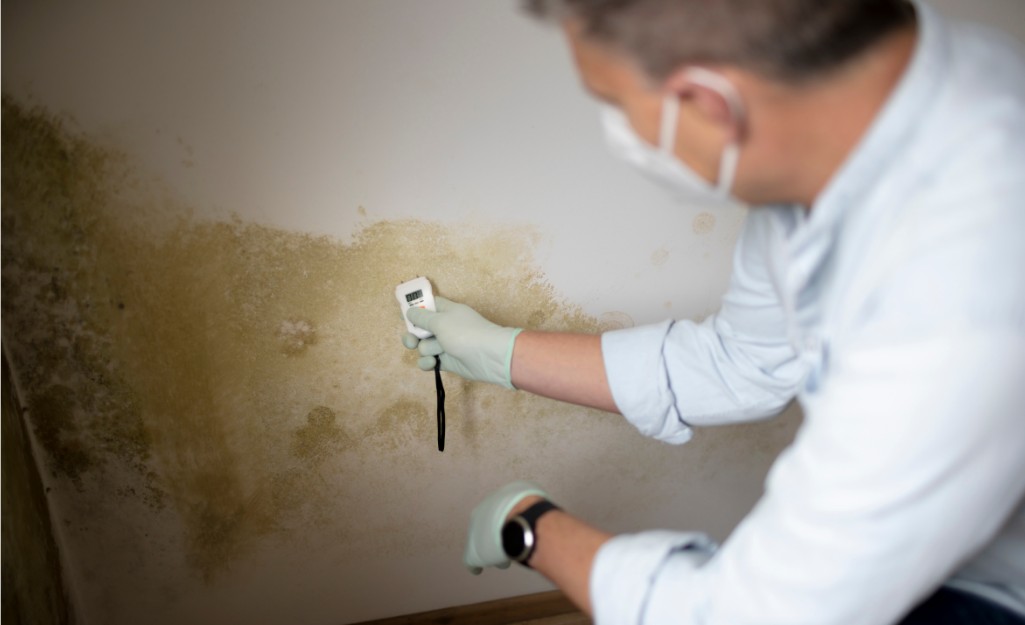Ways to Fix a Water-Damaged Wall in the Bathroom
Ways to Fix a Water-Damaged Wall in the Bathroom
Blog Article
The article below pertaining to Common Causes of Water Damage in a Bathroom is extremely insightful. Don't bypass it.

The shower room is incredibly susceptible for moist buildup and also prospective water damage due to the constant use water in it. This post provides straightforward assessment methods to aid finding water damage threats.
The regular use of water in the washroom makes it very vulnerable for wet build-up and also potential water damages. By examining it regularly, you can lower water associated problems.
The adhering to collection of assessments is easy to execute and also need to be done when in every three months in order to maintain your bathroom healthy as well as to prevent potential water problems caused by the bath tub, the shower, pipe joints and also plumbing, sinks, cupboards, and the commode
Do not overlook executing these assessments and also be extensive while performing them. Remember that these simple examinations can save you a great deal of money by giving early signs for water damage
Sinks and also Cabinets
Sinks and closets are exposed to wetness and moisture day-to-day as well as are usually neglected. Check routinely under the sink and also on the countertop over it. Fix any drip in the catch as it may suggest drainpipe problems. Browse the sink, slow-moving draining pipes might indicate a blocked drainpipe. Replace sink seals if they are cracked or loose.
Tub and also Shower
The shower and also bathtub need unique focus and also maintenance. Check the ceramic tiles and also change if cracked. See to it that there is no missing out on cement between the tiles. Examine as well as change fractured caulking at joints where the wall surfaces meet the floor or the bathtub. Blocked drains as well as pipes issues will certainly protect against the bathtub from drying as well as might show serious problems below the tub. Seek advice from a professional instantly to prevent structural damage. Take note of discolorations or soft areas around the tub walls as they may suggest an interior leak.
Plumbing
Signs for water damage are difficult to discover considering that a lot of pipelines are mounted inside the walls.
Pay special attention to floor covering as well as wall surfaces dampness and also discolorations as they might indicate an invisible plumbing problem. Check moisture degrees in adjacent areas too.
The Bathroom
The bathroom is a susceptible water junction. Check the water lines and search for leakages around the commode seat, in the pipe, as well as under the water storage tank. If you discover any type of signs of moisture on the flooring around the commode, look for leaks in the toilet rim and also container seals.
Know that hanging bathroom bowl deodorants raises the opportunities for blockages.
10 TIPS TO PREVENT WATER DAMAGE IN THE BATHROOM
The average household uses approximately 80-100 gallons of water per person per day. For a family of 4, that's almost 2,500 gallons of water a week! The largest portion of this consumption comes from bathroom use. Flushing the toilet uses the most water, followed by taking a shower or bath. With that much water running through the home, water damage in the bathroom is bound to happen. Knowing how to spot signs of a water leak is essential to preventing long-term damage. This guide provides you with tips to reduce the impact of water damage on your bathroom.
CAUSES OF BATHROOM WATER DAMAGE
Pipe breaks are the most common cause of water damage we see in our daily jobs. The age of a pipe plays a large role in a pipe break as well as corrosion. Over time, the metal begins to break down, allowing water to escape. Frozen pipe breaks are also a concern in the winter months. Toilet overflows caused by paper products or children flushing inappropriate items. Degraded caulking around the toilet or bathtub can allow water seepage, sometimes behind the fixture, into the subfloor or walls. Condensation forms when the water in a pipe is cooler than the air temperature. Beads of water form on the exterior of the pipes, sometimes so much so that the water begins to drip and pool below. Sink or shower backups created by poor drainage. HOW TO PREVENT WATER DAMAGE IN YOUR BATHROOM
Inspect your toilet supply line for worn or frayed hoses and replace them as needed. Winterize your plumbing to prevent a frozen pipe break. Use vent fans to prevent condensation that can lead to mold growth. Routinely check and replace degraded caulking around your toilet or bathtub. Increase the temperature in your toilet tank and insulate your pipes during the warm summer months to keep condensation from forming. Use child safety locks on the toilets. Flush only toilet paper. "Flushable" wet wipes are actually not good for your plumbing system. Additionally, feminine hygiene products should not be flushed. Prevent water from escaping the tub or shower. Make sure shower curtains are in good condition. Inspect shower doors and replace the seal strip if necessary. Wipe up any water that accumulates on the floor and use bath mats. Water left to sit can cause damage to the tiles and flooring. Refrain from using bath products containing heavy oils to avoid a clogged drain.

We had been made aware of that report on Common Causes of Water Damage in a Bathroom from a good friend on our other web page. For those who liked our blog post if you please don't forget to share it. I am grateful for your time. Come back soon.
Phone Report this page